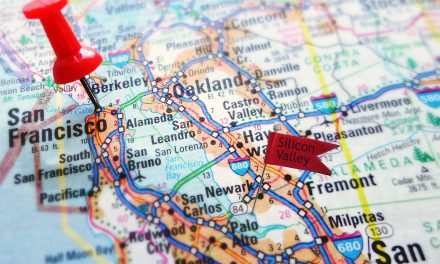Demographic shifts are quickly approaching California’s housing market. These shifts are driven by:
- the young Millennial generation; and
- retiring Baby Boomers.
We already have a pretty good idea of what Baby Boomers will do in the coming years: for the most part, they will remain homeowners, trading their old, suburban houses for smaller, more manageable homes where they can age independently.
But what about the Millennial generation of homeowners, a group of individuals who face record student debt, a late entry into the job force and a scarcity of starter homes?
Freddie Mac projects about 20 million Millennial household formations across the U.S. over the next decade. The actual number will be influenced a by a few factors, chief among them:
- housing costs; and
- incomes.
More household formations occur when young adults feel confident enough in their personal finances and the economy to move out of their parents’ homes or roommate situations, striking out on their own or with significant others. But fewer household formations are currently occurring among Millennials compared to earlier generations. For example, just 41% of young adults aged 25-34 are married, compared with 54% of this age group in 2000.
The main culprit preventing household formation?
Freddie Mac points to housing costs, coupled with slow wage growth. The U.S. median home price increased 29% from 2000 to 2016, while real wage growth has only increased 1%.
If housing costs continue to rise at a similar pace to today, Freddie Mac projects 600,000 fewer household formations over the next decade. However, if housing costs subside then Freddie Mac projects 300,000 more household formations.
These formations translate directly to agent fees, so the hope for real estate professionals is for more formations, not less. Therefore, housing costs need to decrease so more formations can occur and more real estate professionals can make a steady living.
Homeownership declines
[infogram id=”homeownership-by-age-1hdw2jgkydqd2l0″ prefix=”1tk”]From 2000 to 2017, homeownership declined among every age group in the Western region of the U.S. — with the exception of the rare homeowner under the age of 25, which actually increased slightly.
In the Western region, 38.4% of individuals aged 25-34 in 2000 were homeowners. In 2017, just 33.9% of this age group were homeowners.
On the other hand, while the older crowd has also seen a decrease in homeownership, the decrease has been slight. For those 65 years and older, 78.7% owned a home in 2000, compared to 76.4% in 2017.
As Freddie Mac suggests, the decrease has been the result of a number of factors working against the homeownership rate. These factors have been particularly felt in California, where home prices and the cost of living — paid to maintain the high quality of life in the state — are some of the highest in the nation.
But the good news is an expansion for the housing market is on the horizon. The next housing boom will be fueled by the massive demographic shifts of retiring Baby Boomers alongside Millennials’ entry into the housing market. This Great Confluence is expected to peak around 2019-2021, creating a more fluid and stable flow of transaction fees for California real estate professionals.














